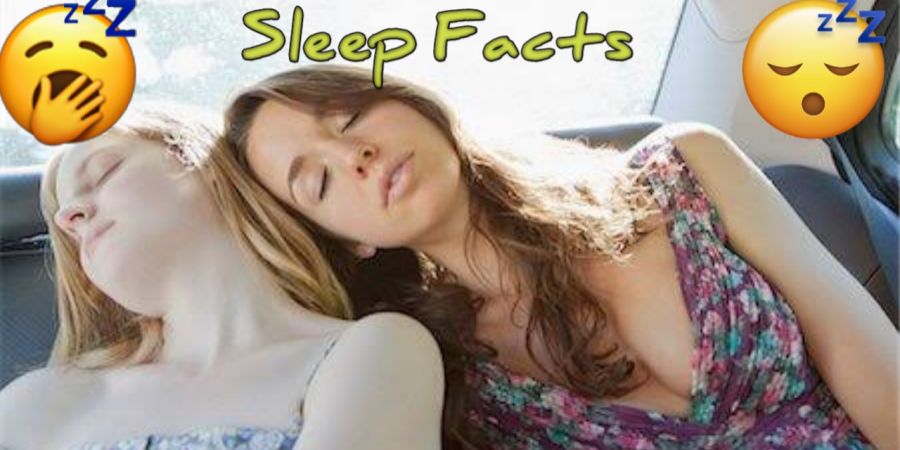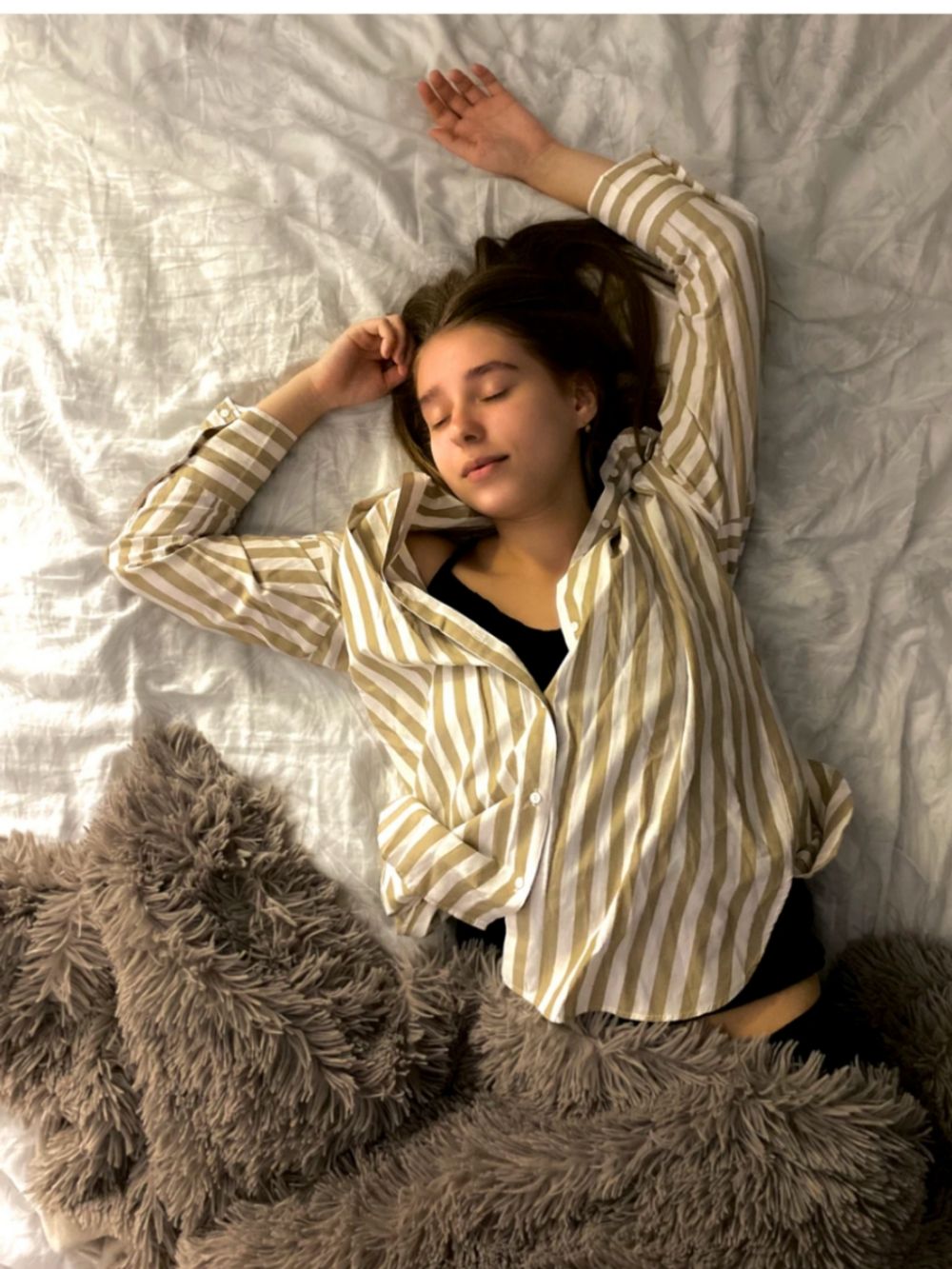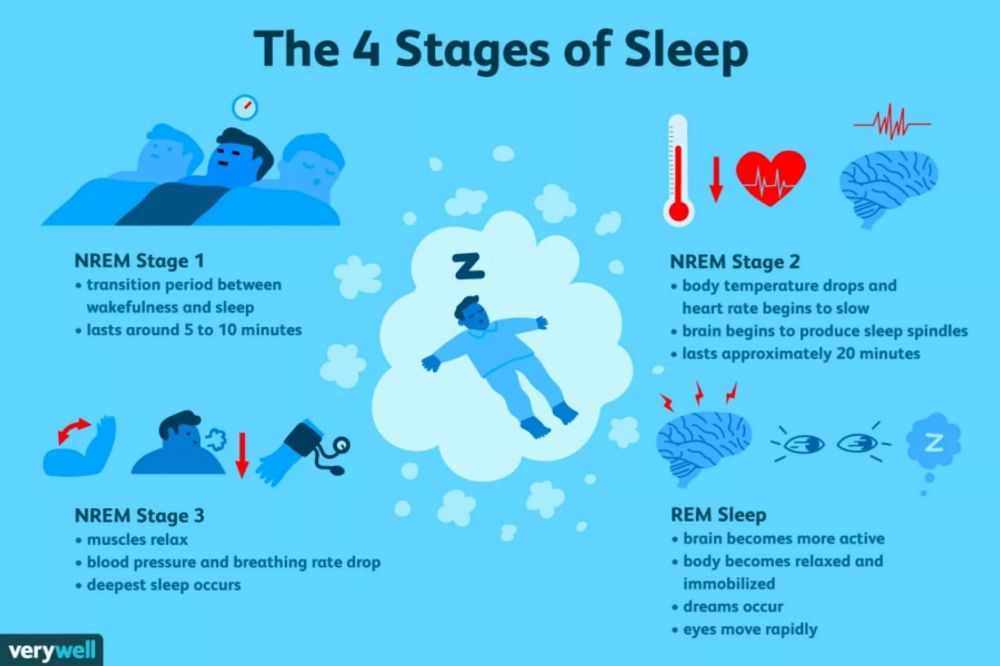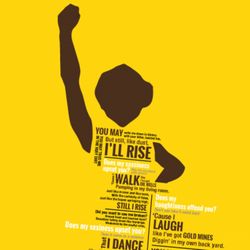


Points you should know :
There are three different stages of non-REM Sleep. Each is related to specific brain waves and neuronal function. As you go to sleep, you suffers both of the non-REM and REM stages and sleep frequently during the nights, on the other hand, longer and deeper REM periods occurs during morning time.
Phase 1 of non-REM sleep is the changes taking place from awakening to sleep. During this small (several-minute) duration of sleep, your heart rate, respiration, and eye movements slow down, and your muscles relaxes down. As you sleep, the brain waves starts to go down in their waking-up orders during the day time.
The period of easy sleep before going into the deep sleep is called non-REM Sleep. Your heartbeat and breathing gets slow down and muscles feel more relaxed. Your body temperature fell down and movements of eye stop. There is a certain decrement in the brain activity but there is a small electrical impulses still present inside the brain. Repeated sleep cycles occur in this second sleep phase than in other sleep phases.

If we are talking about deep sleep means we are actually talking about non-REM Sleep. In order to feel refreshed in the morning, it is essential for our body to take non-REM Sleep as well. It usually happens during the first half of the night. Your body processes slow down to very low levels during non-REM Sleep. Your muscles feels relaxed and sometimes there will be difficulty to wake them up. That is why if someone tries to wake you up, you may even don't hear their voice or you may not respond to them. During this time, brain waves goes slower.
The approximate time for the occurrence of REM Sleep is recorded as 90 minutes after sleep. The difference is that the movement of eyes takes place quickly from one side to the other while the eyelids are closed. Talking about the combined frequency of brain activity, it seems very close to what it is at time of waking up. Your breath rapidly which doesn't seems to be normal, and heart rate and blood pressure goes up to the point of awakening. Almost all of the dreams you see comes during REM sleep, although some of them may also come during non-REM sleep. There is a temporary paralyzing effect seen in your leg and arm muscles, which prevents you from imitating the dreams. As your growing age, you spend very less time during REM Sleep.

One can observe that which kind of sleep cycles is he/she going through at a specific moment by implementing this knowledge.
Comment your views on this topic, which kind of Sleep Cycle are you going through these days?








































